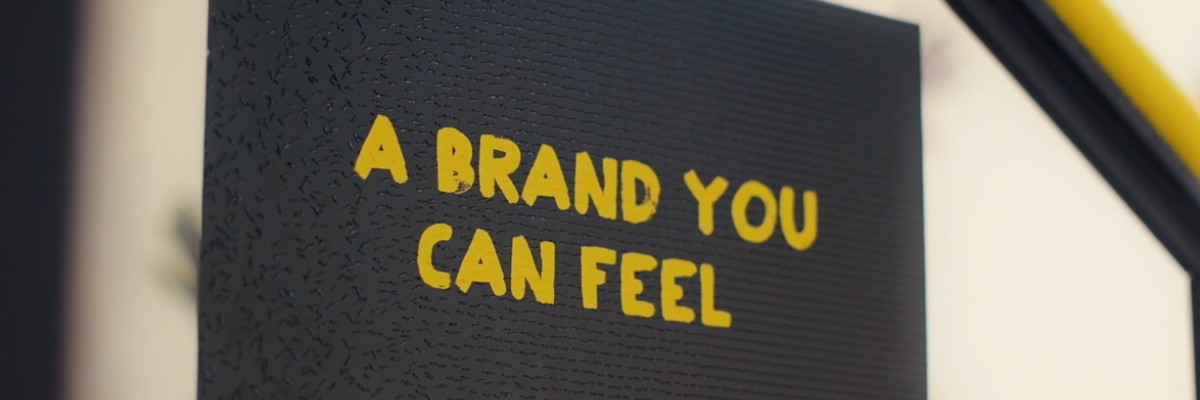The world's first tactile brand identity created by the Canadian National Institute for the Blind

The benefit of foresight.
Zerotrillion, a global creative agency based in Amsterdam and Toronto, has helped create the world's first tactile brand identity to celebrate the centenary of the Canadian National Institute for the Blind (CNIB).
It's for everyone, whether you’re visually impaired, blind, or sighted.
For all the right reasons we now have a brand identity out in the world that truly speaks to those it supports.
I love that there's an organisation out there and a creative agency with enough foresight to make this happen.
Using braille, the tactile logo reads from left to right with a sequence of random lines that, as you move across it, straighten out, creating a sense of order and organisation.
Delete this para? : It seems clear that those who the institute supports feel that this is what they gain from being part of it.

It's one of those ideas— you wonder why it hasn't been done before.
Why hasn't it been done before? It seems like the most obvious thing in the world.
Logos, for the blind or visually impaired, mean nothing.
For those who have never had their sight, there is no meaningful association with the brand in question. Advocating true inclusivity, the CNIB asked their members to create their identity—one with true meaning.
By asking their members who do not have their sight to think about, conceptualise and design an identity with meaning was such a huge, but obvious, step forward.
The identity seeps through the organisation physically too by appearing on hand rails, business cards, and posters—it's everywhere, so whether you are sighted or not, you can feel your way around, understand the story and what this charity is all about.
If you enjoyed this article, you can subscribe for free to our weekly email alert and receive a regular curation of the best creative campaigns by creatives themselves.
Published on:


